Touge racing is the foundation of Japanese car culture and street racing worldwide. It is the westernized form of the word Tōge (峠), which means “pass”, alluding to the twisty hill passes of Japan.
The land of the rising sun has limited territory outside the mountainous region, so as a result, a vast proportion of Japan’s road network winds through them for hundreds of miles across the nation.
Japan’s interesting topography, combined with a road network full of twists and turns, made for an environment that was conducive to — you guessed it — street racing.
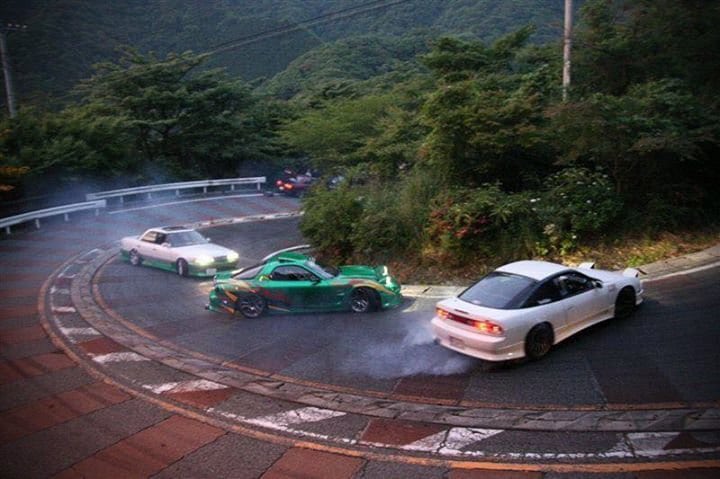
These types of roads usually have two lanes, 1 in each direction. They have ample curves and visibility is usually limited due to vegetation, fog, and rain.
In this article, we’ll discuss the history of touge, its global impact on car culture, and some of the most popular cars used in this style of racing.
Touge Meaning and History

Touge racing emerged towards the end of the 1980s. It gave rise to legends such as Keiichi Tsuchiya, who became one of the world’s best touge drift drivers after years of witnessing significant events across courses like the Ebisu Circuit.
Mainly occurring downhill, racers also used more potent cars on uphill terrain or participated in time trials during asphalt rally events.
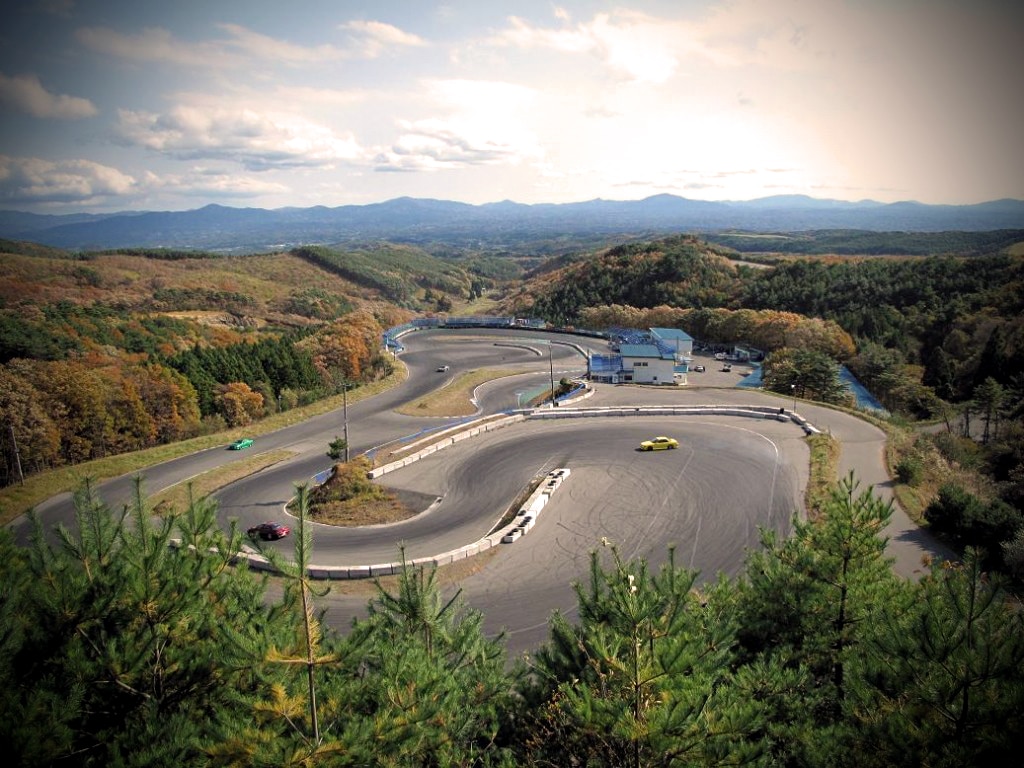
Notably crucial to remember is that touge racing remains an illegal activity prohibited throughout most countries, including Japan.
But that doesn’t stop people from doing it anyway. It holds a place within the cultural roots of car enthusiasts — both young and old.

Touge, meaning “mountain pass” in Japanese, is the ultimate battleground for this thrilling form of motorsport. The narrow, winding mountain roads have become the perfect canvas for showcasing driving prowess,
This attracts a dedicated community of motorsport enthusiasts to popular touge spots such as Gunsai, Akagi, Mt. Haruna, and Happogahara.
Popular Cars in Touge Racing
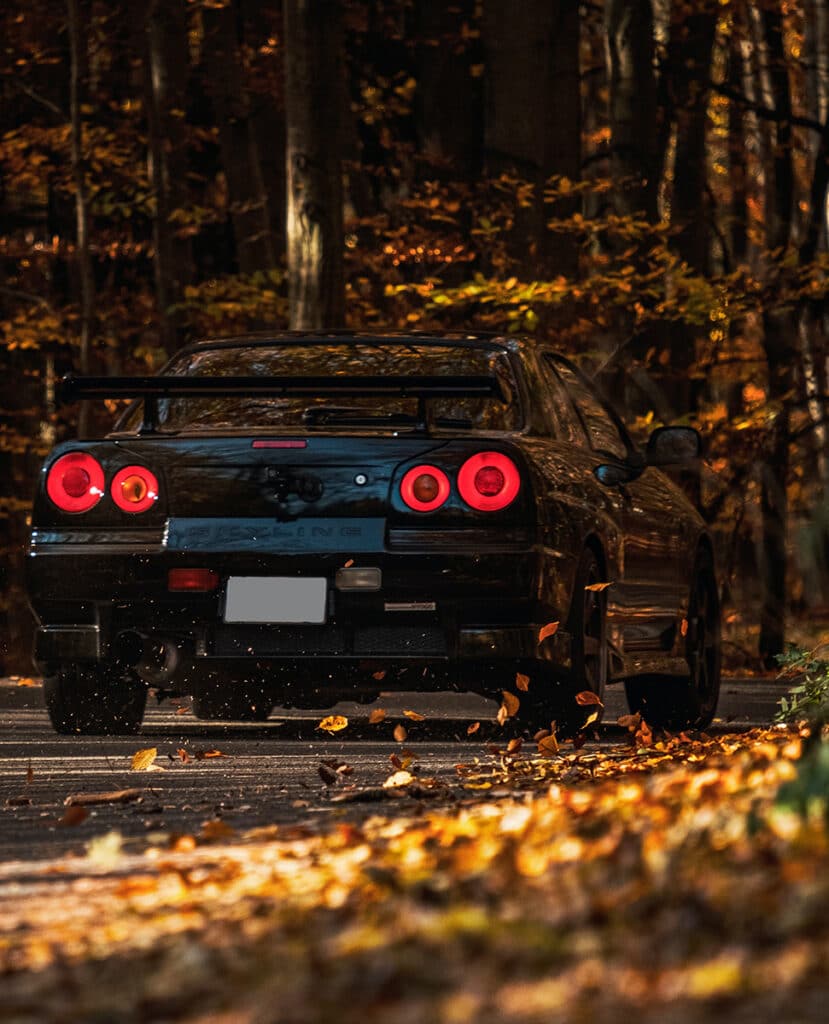
Several cars have garnered immense popularity within the 90s touge racing scene due to their exceptional performance capabilities and versatility.
Take, for example, the Toyota AE86, fondly known as the “Hachiroku” — iconic in the world of touge racing.
With its lightweight chassis, rear-wheel drive configuration, and well-balanced handling, it has become a favorite among enthusiasts.
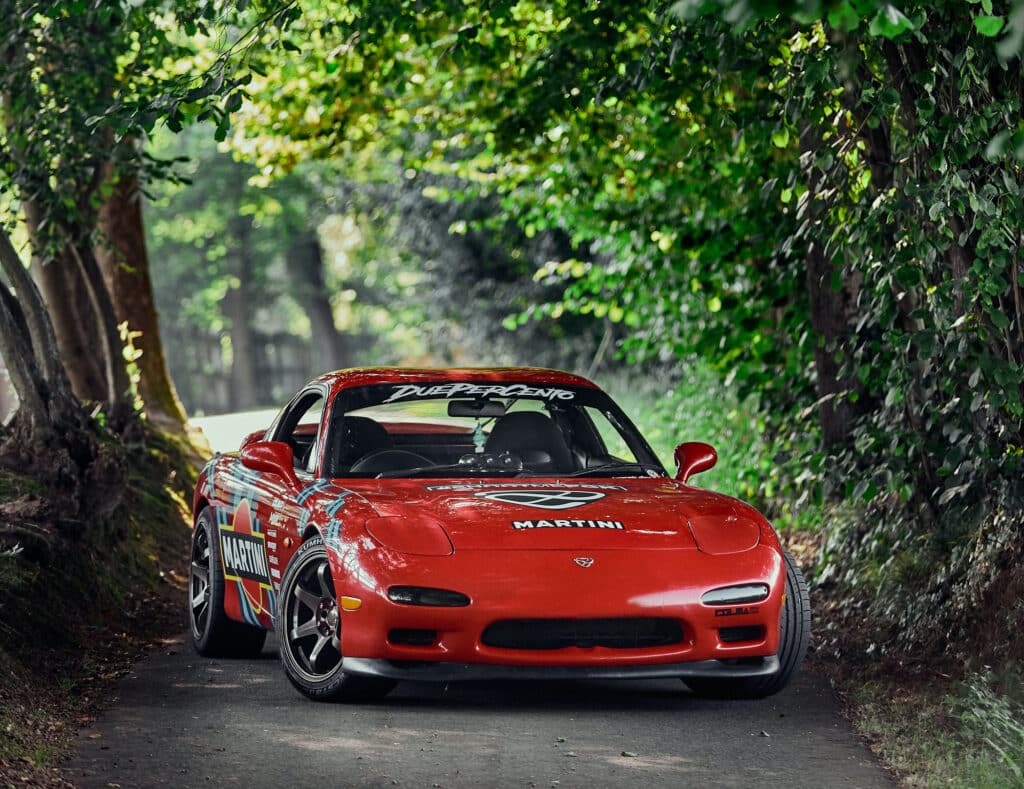
Honda’s EG and EF Civic hatchbacks are quite popular on the touge, especially when swapped with a B16 engine. Even the S2000 for that matter; the short wheelbase and the FR layout make it ideal for narrow twists and turns.
Other notable choices include the Nissan Silvia (S13 and S14), Subaru Impreza WRX, Mitsubishi Lancer Evolution, Mazda RX-7, and the Toyota GT86.
Enthusiasts cherish these touge cars for their agility, power, and extensive aftermarket support.
Touge Racing Modifications
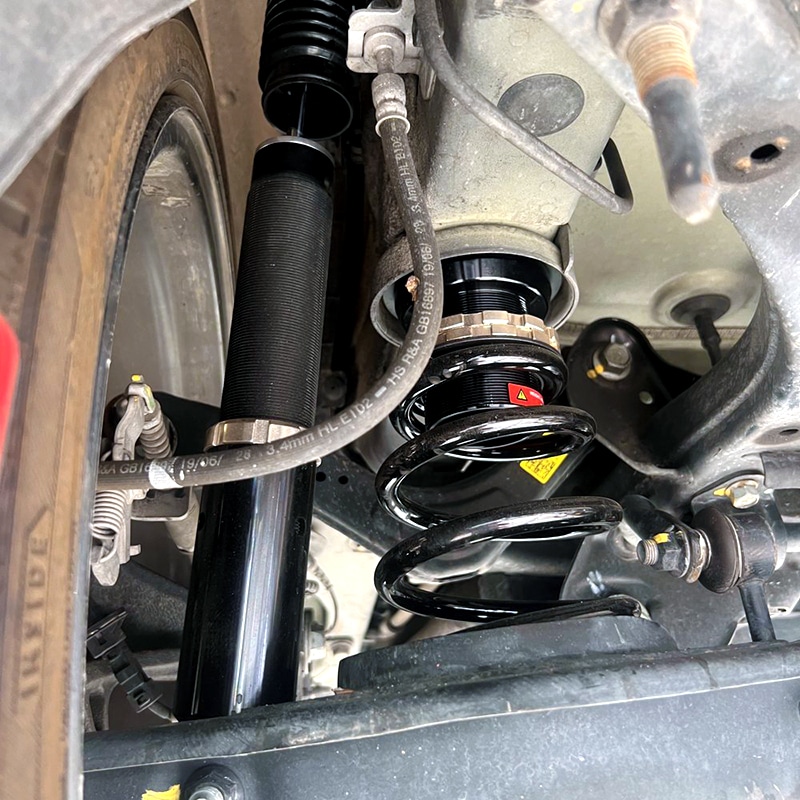
Touge racing requires cars to be finely tuned for optimal performance, which emphasizes modifications to enhance steering lock, slip angle, and overall handling. This includes handling mods such as:
- Better tires: Experimenting with different tire compound combinations
- Upgraded brakes: Changing front and rear brake bias depending on the car
- Adjustable control arms: For improved suspension geometry
- Aftermarket coilovers or lowering springs: Typically coilovers for better adjustability
- Adjustable sway bars
- Reinforced bushings
- Aftermarket limited-slip differentials
- Bigger fuel injectors
Combining these upgrades properly will help to reduce body roll by letting you correct your roll center.
Achieving a higher degree of steering lock requires modifications to the front suspension geometry.
Increasing the caster angle and widening the wheel track width enables drivers to achieve sharper turn-ins and maintain control during aggressive maneuvers.
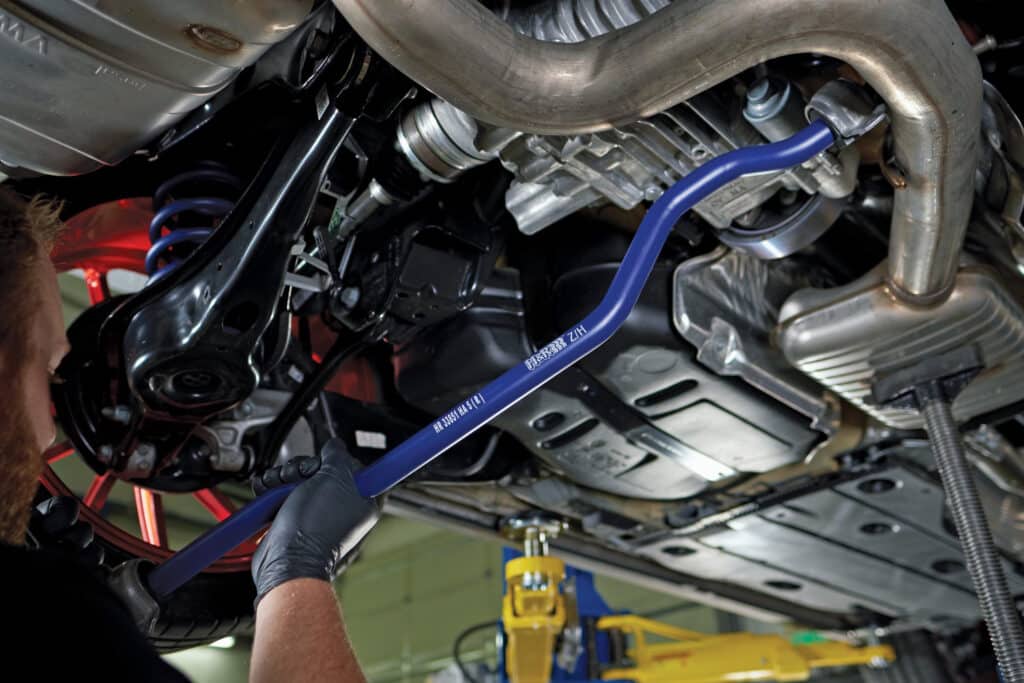
A key aspect of Japanese touge racing is achieving the desired slip angle — the angle between the car’s velocity vector and pointed direction.
Enthusiasts often modify their cars to achieve controlled drifting and maintain a higher slip angle by adjusting the suspension setup.
Additional modifications include altering spring rates, damping, and ground clearance or ride height.
These mods allow for precise control over weight transfer during cornering, enabling drivers to exploit the limits of traction while maintaining stability.
Global Impact on Car Culture

Touge racing has transcended borders and left an indelible mark on car culture worldwide. Its influence is apparent in various aspects, from motorsport events to car modifications and even video games.
Touge-inspired events and competitions have sprouted up in different countries, attracting drivers eager to challenge themselves on twisting mountain roads.
The widespread popularity of touge racing has also fostered a global interest in tuner cars and JDM cars in general.
Enthusiasts worldwide draw inspiration from the vibrant JDM tuning scene, incorporating elements of touge racing into their vehicle modifications.

From engine upgrades and weight reduction to aerodynamic enhancements and custom body kits, car enthusiasts seek to embody the spirit of touge racing and elevate their driving experiences.
Concluding Thoughts
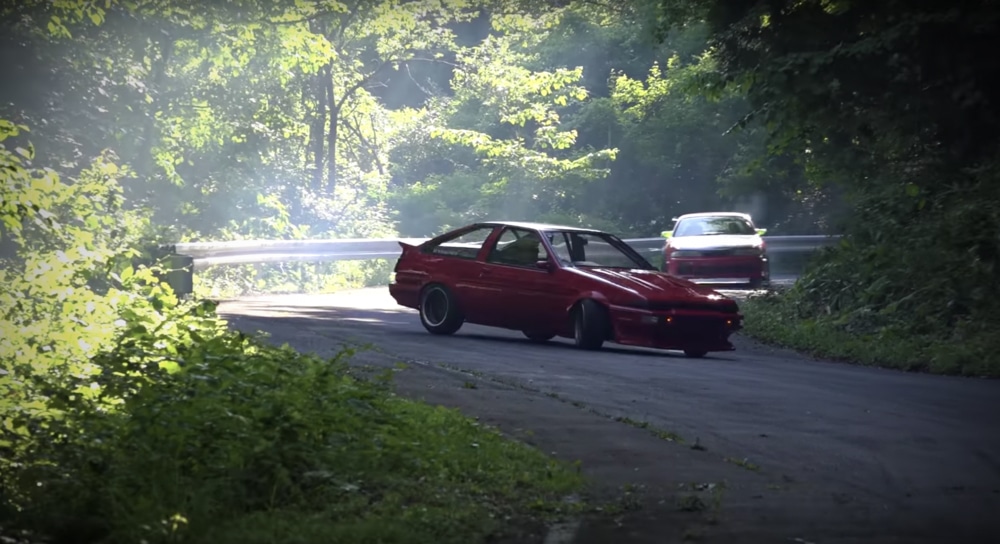
Touge racing in Japan has enraptured car enthusiasts across the globe, symbolizing skill, precision, and driving excellence.
The intense battles fought on treacherous mountain passes not only gave birth to a new form of motorsport but also influenced the development of many popular Japanese street racing cars.
As touge racing continues to evolve, its impact on car culture will undoubtedly endure, shaping the future of automotive enthusiasts worldwide.
How and when did you first hear about touge racing? Let us know by leaving a comment below! If you enjoy reading this article, show us your support by sharing it with your friends on Facebook and Reddit!

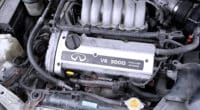
2 comments
Loved the article team! keep them coming 🙂
Yoo great article and the rx7 in martini livery is mine! The fd of friend of mine! #shootmepgk great usage!